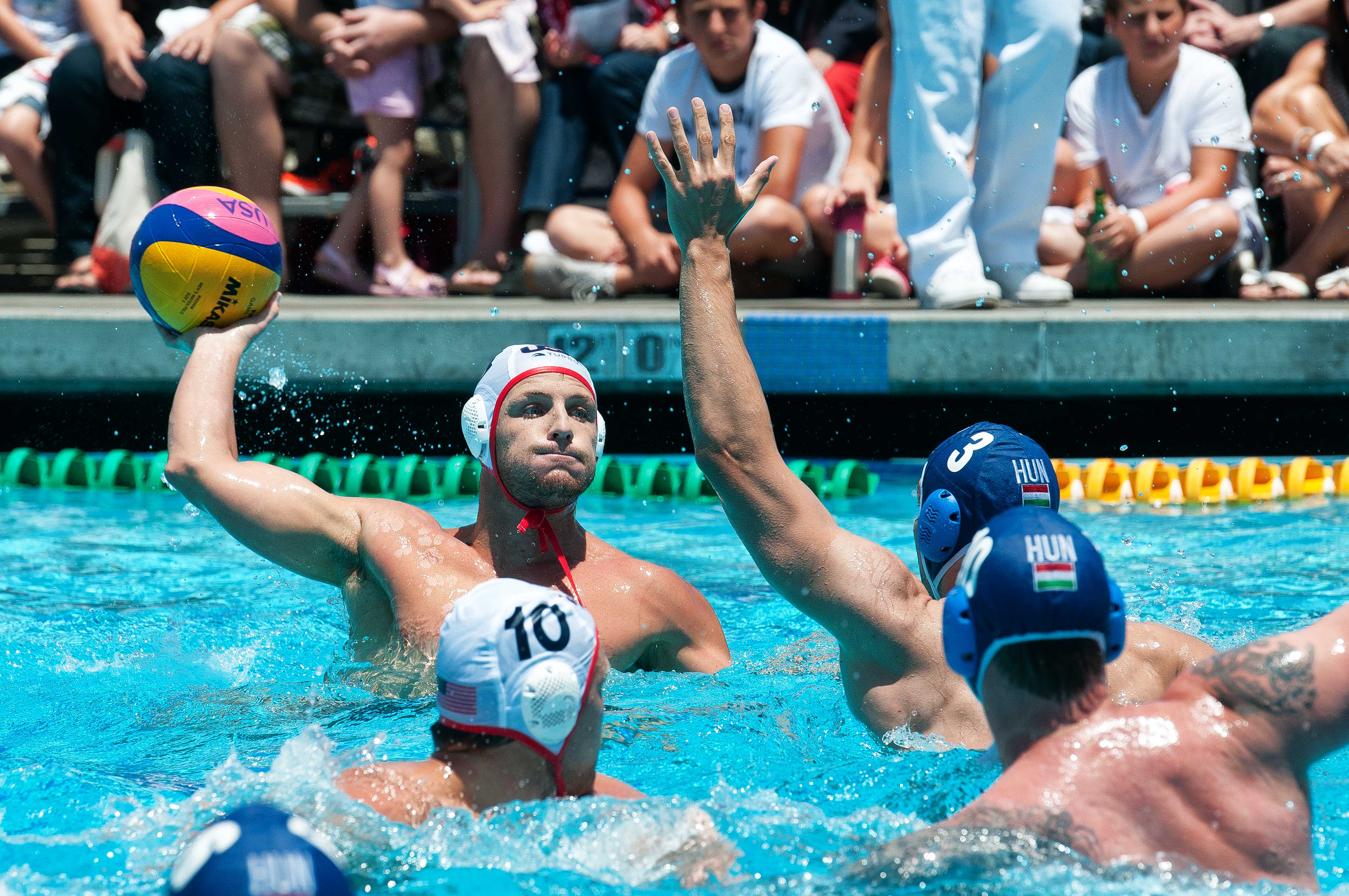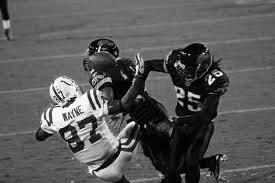Long-Term Ramifications of Concussions for Athletes
If you watch ESPN, or have ever seen a football game live, you’ve probably seen a horrific concussion. Recent attention in the media towards concussions may beg the question of why this is relevant to you. A concussion is, by an increasingly loose definition, a mild traumatic brain injury that includes any trauma induced alteration in mental status that may or may not involve a loss of consciousness. Moreover, this is purely a clinical diagnosis, meaning no test exists today that can concretely detect concussions. In fact, when doctors analyze CT scans and MRI results, the absence of brain abnormalities on the images helps convince them of a concussion-free diagnosis. Despite the perceived transient nature of concussions, these injuries can have a life-long impact on one’s health. In the news, ex-football players and boxers are coming forward with neurodegenerative disease. Also as an affect, some athletes who were ill for several years have already committed suicide. Unfortunately, many of these negative outcomes can be attributed to concussions. There is a high rate of neurodegenerative disease (and a particular protein marker for it known as Tau protein) in brains of deceased athletes that experienced multiple concussions in their careers. Their brains have also atrophied throughout life; all these factors culminate in permanent changes in mental and physical health, with depression and suicide being just two of the many issues plaguing retired athletes. With this awareness, the question we must explore next is how to understand the mechanism of a concussion, and how to decrease their severity and prevalence in the sports we love.
What Latest Studies are Revealing.
If you want to understand what happens in a concussion, you’ll have to catch the event in real time. That’s exactly what Stanford Sports Medicine is doing—led by Dr. Dan Garza and a team of physicians and athletic trainers, the first study to collect real-time data of concussions at the moment of impact is taking advantage of the medical staff’s proximity to elite athletes. The Stanford Football Team and Soccer Teams, among other field sports, now wear mouth guards (or earpieces when mouth guards are not used) that collect data about the impact the skull experiences. This data is revealing information about what forces the brain experiences and what lines of motion may contribute to concussions. In one recorded hit, it was shown that the athlete experienced 100G’s of force…100 times the force of gravity on his brain. Not only does this study explore the human threshold for impact, but it also seeks to reveal the type of impact that compromises the brain. In the past, concussions were analyzed in test-car crash scenarios, in which the brain experiences purely linear, translational motion. Think of your brain suspended in a watery fluid, like a snow globe. When you experience translational force, a pressure wave rushes through the brain, like sliding a snow globe along a table, the snow is not displaced but there is still pressure exerted. This is only way concussions have previously been studied. New studies are examining rotational motion as well. Think of tipping the snow globe side to side. The water cannot hold form this way, and we see the snow move about as the water slips. Researchers now believe the injuries your brain sustains can be due to a combination of translation motion AND rotational motion, but much remains to be studied. There have been soldiers who return from IEDs (improvised explosive devices) with concussions—not because they hit their head on anything, but because of the massive pressure wave sent through their brain. On the other hand, mouth guard recordings have shown concussions from purely rotational motion, where the whiplash of a player’s helmet sideways against his own shoulder recorded extremely high forces. Whether the damage is translational, rotational, or both, the attention that concussion-related issues are getting in the media will only help foster curiosity and research toward discovering the complete mechanism of a concussion.
Returning to Play, Second Impact Syndrome, and New Technology Moving Forward.
This year, there has been an estimated 1.6 to 3.8 million concussed athletes. While we continually learn what technology will prevent concussions moving forward, it is important to learn how to handle a concussion as it occurs. Following a concussion, an athlete’s return to play is taken very seriously. The concussed athlete experiences a number of symptoms that hopefully clear within a week, but many concussions can lead to post-concussive syndrome, where the person experiences delayed onset of headaches, fatigue, irritability, impaired concentration, and other factors that can persist for months to years. The Second Impact Syndrome occurs when a person returns to play (usually contact sports) too quickly while still suffering the effects of a concussion. A second impact is thought to involve loss of cerebral auto-regulatory functions, leading to brain edema, pressure, bleeding, and death, and is a primary reason why athletic trainers do not allow return to play until the athlete is fully recovered. One study by Guskiewicz et al. (2003) speculates that an athlete with one concussion is 1.5 times more likely to get a second concussion than a non-concussed athlete…and the risk increases with more hits (2 concussions sustained means 2.8 times the regular risk, and so on). Importantly, athletes can be symptom free for 15 minutes after a concussion, and have a delayed onset, so same-day return to play can be extremely dangerous. In professional sports especially, the desire to return athletes quickly in order to make weekly games involves risky behavior.
Definitions of a good medical exam and assessment for return to play are changing, as physicians and researchers around the world are working to introduce technological advances. For example, quick-release helmet straps are being tested in Sweden as a way to eliminate the added whiplash from the weight of a helmet. Thinking outside the box will improve research about concussions, but in the meantime, treating the injury with the severity of its consequences in mind will long-term ramifications of concussions for athletes.
Like this post, check out our nut butter post!
Related Posts

Beating Jet Lag and Nutrition on the...
It is important for athletes to understand how travel during the competition season affects their...

Can Social Media Provide a Competitive...
There are endless forms of technology in today’s tech-savvy world, and social media, in particular,...

Water Polo Leg Strength Progression
There are many different elements that strength coaches must consider when designing water polo and...






